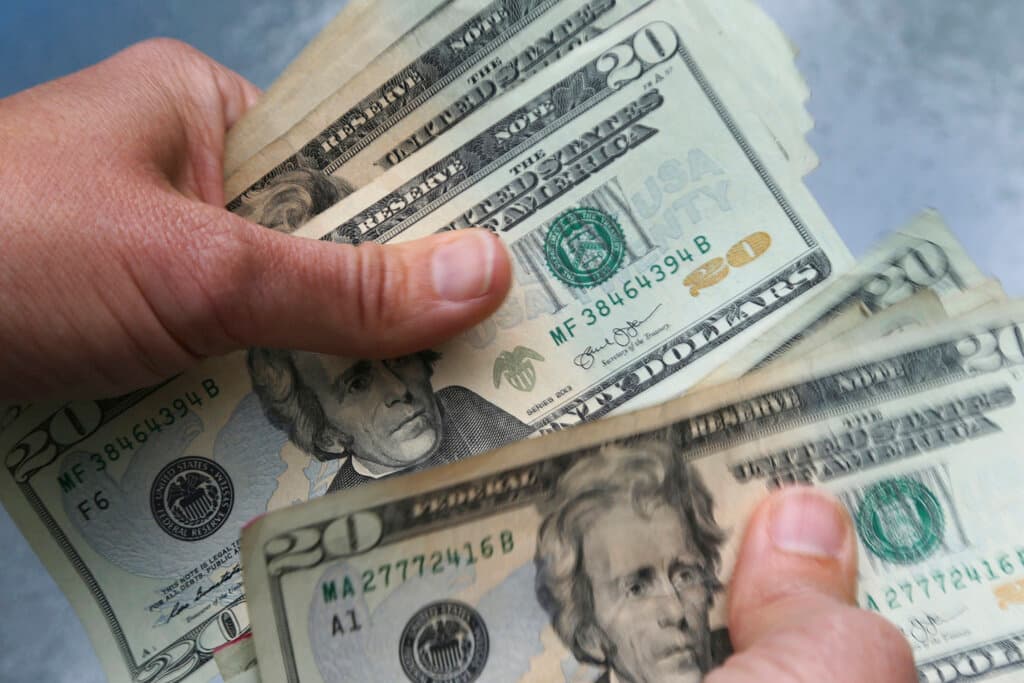Stable Dollar Emerging as the Missing Link in Unleashing Productive Economic Growth for America — and the World
It’s the logical goal for President Trump’s campaign to blunt the negative impact of currency manipulation on the ability of American companies to compete overseas.

The classic supply-side agenda for unleashing productive economic growth seeks to achieve lower taxes, reduced regulation, and a stable dollar. The first two goals were pursued successfully under the Trump administration by passing the Tax Cuts and Jobs Act, which reduced corporate and individual tax rates, and by implementing Executive Order 13771, which required that for every new regulation added, two regulations had to be cut.
Please check your email.
A verification code has been sent to
Didn't get a code? Click to resend.
To continue reading, please select:
Enter your email to read for FREE
Get 1 FREE article
Join the Sun for a PENNY A DAY
$0.01/day for 60 days
Cancel anytime
100% ad free experience
Unlimited article and commenting access
Full annual dues ($120) billed after 60 days

